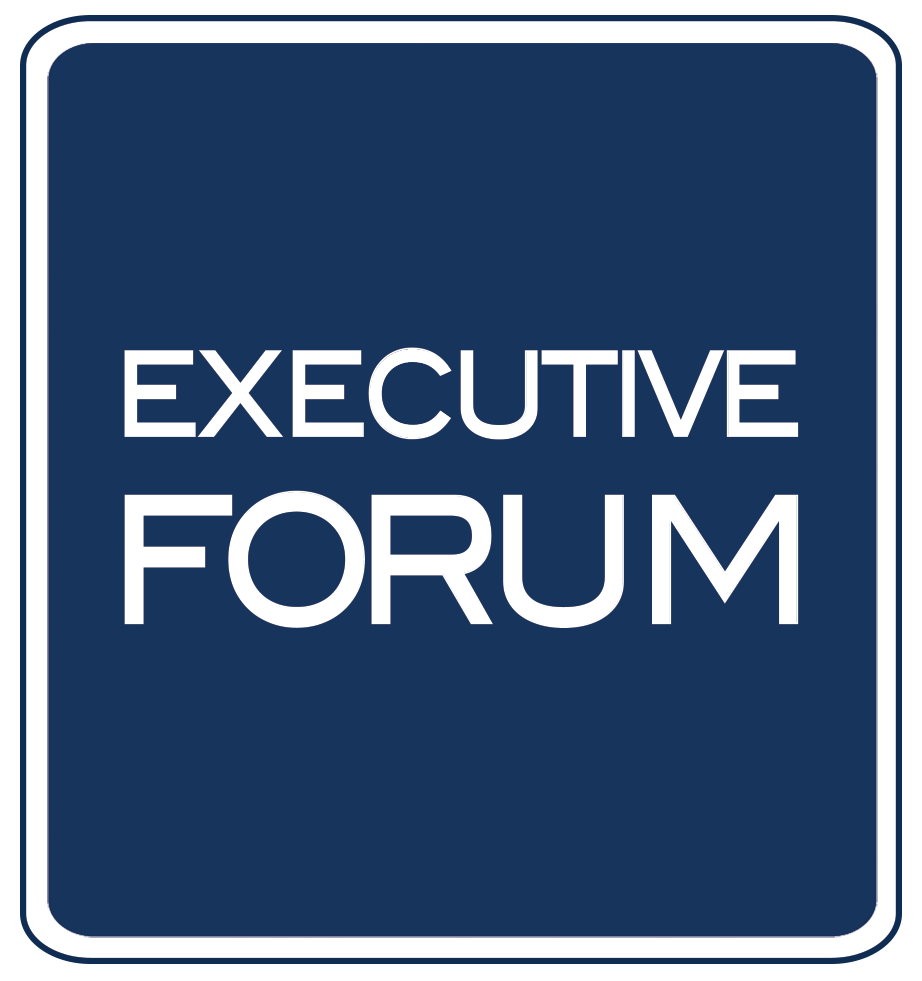 New leaders are often surprised and frustrated when they learn that holding a leadership title does not necessarily mean they have any authority. This is an especially painful realization for experienced leaders accustomed to a traditional hierarchical organization that transforms into a matrix organization. To these leaders, it feels as if they’ve been dropped in a foreign country where the language they’ve used their whole lives is suddenly unrecognizable to others.
New leaders are often surprised and frustrated when they learn that holding a leadership title does not necessarily mean they have any authority. This is an especially painful realization for experienced leaders accustomed to a traditional hierarchical organization that transforms into a matrix organization. To these leaders, it feels as if they’ve been dropped in a foreign country where the language they’ve used their whole lives is suddenly unrecognizable to others.
Traditional command-and-control style tactics don’t work when you have more peers than subordinates. In a matrix organization, where there is much less formal authority, leaders must excel at unique soft skills in order to succeed. Information and power no longer flow from the top down, instead they ebb and flow throughout collaborative teams connected by dotted lines. To define and execute a strategy requires the ability to create and communicate a vision and also the ability to build trust, persuade, and influence others to support your vision with their resources. One might assume that all leaders excel at resolving conflict, influencing others, communicating a vision, and building trust, but that is not a reality in most organizations.
The truth is the leadership competency skills gap is very real, and leaders with a control-based mindset will struggle adapting to the new collaborative environment. In fact, less than 31% of leaders have the soft skills necessary to lead in a matrix structure. When a company reorganizes from a traditional hierarchy to a matrix organization, it will naturally experience the pain of change management, but if the organization hasn’t addressed the skills gap then the consequences will be severe and long-lasting.
Some managers will try to retain control while others will feel paralyzed because they are unsure of who is empowered to make decisions. Others will leave the organization in search of the clear reporting structure and authority they prefer. Switching to a matrix environment requires a dramatic shift for the leader’s frame of mind. Leaders must learn to manage up, down, and sideways while being inclusive of others and engaging them in a vision.
As a best practice, when transitioning to a matrix structure, all leaders should be assessed for the core competencies necessary to build trust, resolve conflict, influence others, and create and communicate a vision. Once you’ve identified the leadership competency gaps, give leaders the opportunity to build their skills through expert action-oriented training, coaching, and mentoring. With adequate practice and motivation, a leader can develop and hone these skills over time.
In the meantime, give your leaders the opportunity to gain a better perspective of how the entire works together through enterprise-wide special projects and job rotations. There’s no better way for a leader to build empathy than to understand the challenges, pain points, and stress that another leader experiences.
You can find out more about providing these essential soft skills to your leaders with Executive Forum. Our Power of Influence workshop uses a unique action-oriented model to give team members, project leaders, managers and executives a process for developing and using influence to build loyalty, encourage cooperation and develop teams and networks that drive success for both individuals and organizations. The 3-day format allows participants to take lessons learned back to their organizations, use them in a real world setting and receive tangible feedback from week to week. The next Power of Influence workshop starts July 11. Call 503.635.3079 to register or contact us for more information. (18 HRCI / SHRM credits)
